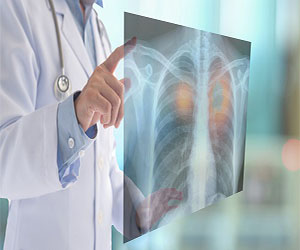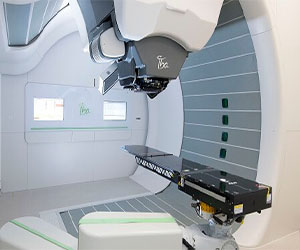Cancer Diagnosis
Cancer Diagnosis in Delhi NCR
It is essential to diagnose cancer early and with certainty. Different modalities are used for cancer diagnosis form best radiation oncologist in Delhi. Some of them are imaging, some requires tissue or cells from the tumor specimen, and some requires other ancillary tests.
Biopsy: A biopsy is a small procedure done by a best cancer specialist. to help diagnose cancer. They take a tiny piece of the tumor and look at it under a microscope. This step is crucial to know if it’s cancer or not. They can get the tissue using a thick needle, a sharp punch, or by cutting a small part of the tumor. It’s usually not too painful and can be done with local anesthesia. Sometimes, they use ultrasound or CT scans to guide them if the tumor is deep inside the body, like in the lung or liver. The biopsy helps the doctor understand the tumor better and decide on the right treatment.
FNAC: FNAC which stands for Fine Needle Aspiration Cytology, is a simple way of collecting cancer cells from a tumor. The doctor uses a thin needle to go into the tumor and sucks out some cells with a syringe. This helps to see if there are any cancer cells inside the tumor. However, FNAC might not always provide enough information, especially if there are too few cells or if they don’t come directly from the tumor itself. Unlike a biopsy, FNAC cannot give a detailed look at the structure of the tissue.
Make An Appointment
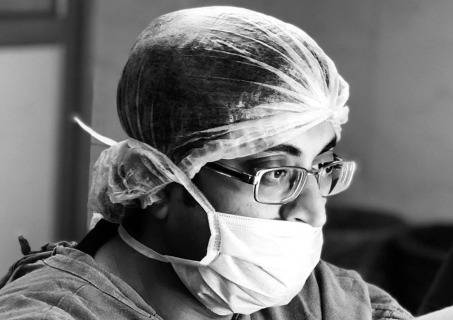


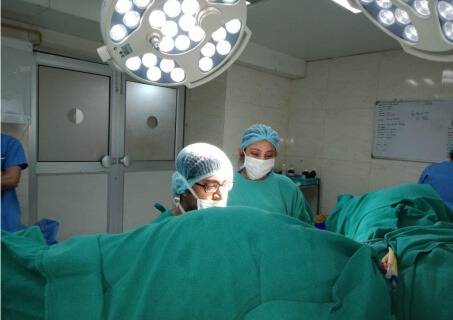
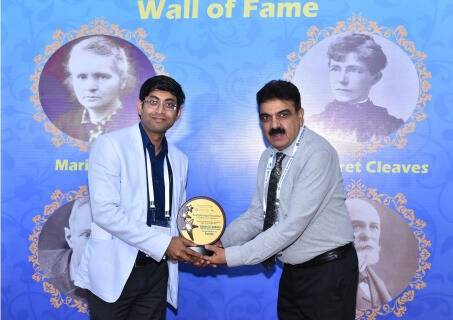





Immunohistochemistry: Well known as IHC, is a special test that uses the interaction between certain substances in the body to help diagnose and understand cancer. In this test, specific antibodies are used to detect certain substances called antigens on the surface of tumor cells. IHC is valuable in situations where doctors are unsure about the origin of the cancer or the nature of the tumor. It can help identify the primary source of cancer when it is not clear and can also confirm the type of cancer when a regular biopsy is inconclusive.
Tumor markers: Tumor markers are substances released by tumor cells in the body, and they can be found in the blood. These markers are usually not present in normal cells, so their high levels may indicate the presence of cancer. However, sometimes they can also increase in non-cancerous conditions. Experts use their knowledge to distinguish between cancer and non-cancer situations. Tumor markers are helpful in suspecting certain types of cancers like prostate, colon, ovary, and testicular cancer. They are also used to monitor how well cancer treatment is working and to detect if cancer comes back after treatment.
CT scan: A CT scan is a common imaging method used for cancer patients. It works based on X-rays and provides detailed information about the structure of a specific organ. The scan can focus on a particular body part or cover the whole body, depending on what’s needed. For better clarity, a special dye is sometimes injected into the patient’s vein during the CT scan. This helps highlight certain areas and makes the images clearer.
MRI: MRI, short for Magnetic Resonance Imaging, is a special test that helps doctors see inside the body, especially soft tissues like the brain, spinal cord, and organs. It’s essential for detecting tumors in the head, neck, and cervix, as well as soft tissue cancers. The best part is that it’s safe for kids because it doesn’t use radiation like a CT scan. With advanced technology, MRI can be combined with other techniques to get even more detailed information. Doctors can use “perfusion” or “diffusion” scans along with contrast-enhanced MRI to figure out the type of tumor or if it has come back after treatment.
Mammography and tomosynthesis: Mammography and tomosynthesis are special types of X-ray tests used to check the breasts for any problems. Mammography uses low-energy X-rays to create images of the breast, and it’s one of the common tests to look for breast tumors. However, its effectiveness depends on the density of breast tissue. In very young women or those with dense breasts, mammography may not work well. Doctors use a score called BIRADS to interpret mammography results, ranging from 0 to 6. Tomosynthesis is like a more advanced version of mammography. It scans the entire breast from all angles, providing clearer images.
USG: Also known as Ultrasound or ultrasonography, is a common medical test used to check different parts of the body. Even with advanced scans like CT, MRI, or PET-CT, ultrasound remains important in cancer care. It helps diagnose and treat cancer in many ways. For example, it guides doctors during procedures to drain fluids from the lungs, abdomen, or pelvis. Ultrasound also helps with biopsies, where small tissue samples are taken for testing. Overall, ultrasound plays a vital role in cancer diagnosis and treatment, and it remains valuable alongside more advanced imaging methods.
PET-CT scan: A PET-CT scan is a special medical test that combines two types of scans: PET (positron emission tomography) and CT (computed tomography). It helps doctors see inside the body to find cancer or other health issues.
Cancer cells have a high demand for glucose, a type of sugar. In a PET scan, a tiny amount of radioactive material, tagged with glucose, is given to the patient. This radioactive material goes into the body and gets trapped inside the cancer cells because of their high metabolic rate. When the scanner detects the radiation emitted by this material, the cancer cells light up brightly on the scan.
The PET scan becomes more helpful when combined with a CT scan. The CT scan provides detailed pictures of the body’s structures, which helps locate the abnormal areas shown by the PET scan. Both scans are done together in the same machine at the same time.
Doctors use PET-CT scans to find and diagnose different cancers, like lymphomas, lung cancer, and head and neck cancer
Why Choose Us
Dedicated
Professional Services
Cutting Edge Technology
Hassle Free Services
Comprehensive Cancer Care
Cost Effective Services
Other Services
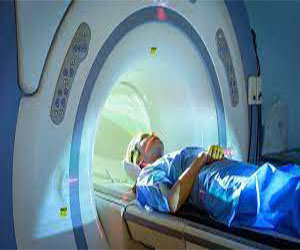
Radio Therapy
It is used for destruction of precisely selected areas of tissue using ionizing radiation.
Screening provides the benefit of early detection of cancer when it is very small.
Proton therapy is an advanced form of radiation therapy designed to kill cancer cells.
In many situations, opinion from a different specialist or institute becomes necessary.
Frequently Asked Questions
The time to receive a cancer diagnosis can vary depending on various factors, including the type of cancer, the availability of tests and specialists, and the urgency of the situation. In some cases, it may take a few days to a couple of weeks to get a confirmed diagnosis.
Imaging tests, such as X-rays, CT scans, MRIs, and PET scans, help identify abnormal growths or masses in the body and determine their size, location, and spread. These tests play a crucial role in diagnosing cancer and staging the disease.
Yes, while rare, cancer diagnoses can be mistaken or misinterpreted. This can happen due to various reasons, such as sampling errors during biopsies or misinterpretation of test results. Seeking a second opinion from another qualified oncologist can be helpful if there are concerns about the initial diagnosis.
Early-stage treatment: Detecting cancer at an early stage means that the tumor is still relatively small and localized.
Reduced tumor burden: Delayed diagnosis can allow cancer to grow and spread to other parts of the body, leading to a higher tumor burden.
Improved treatment response: In early-stage cancers, the tumor cells are more likely to be actively dividing and less resistant to treatment.
Avoiding complications: Advanced cancer can cause various complications, such as obstructing vital organs, leading to organ failure or severe pain.
Longer survival rates: Studies have shown that patients diagnosed with cancer at an early stage tend to have better long-term survival rates compared to those with late-stage diagnoses.
Medical History and Physical Examination: The healthcare professional will start by taking a detailed medical history, asking about symptoms, risk factors, family history of cancer, and any relevant health issues. A physical examination will be conducted to assess any abnormal signs or lumps.
You should not have to wait more than 2 weeks to see a specialist if your GP suspects you have cancer and urgently refers you. In cases where cancer has been confirmed, you should not have to wait more than 31 days from the decision to treat to the start of treatment.

